THE legendary wedding song, Madhaaniya, was recently given a brand-new spin by Sonia Panesar. The talented British Asian singer teamed up with Saregama Punjabi to deliver her own version of the emotional track that captures the journey of a departing bride as she begins a new life. It adds to the marvellous, family-friendly music delivered by an artist who is deeply connected to her cultural roots.
Eastern Eye caught up with Panesar to speak about Madhaaniya, why it means so much to her, her inspiration and the artists she admires.
What first draws you towards a song, before recording it?
(Laughs) What a great question. I’m not sure if there is one answer. A song must have a good melody, emotional lyrics and great musical elements that help me really feel it before I record it.
Tell us about your new song.
Madhaaniya is a timeless, evergreen Punjabi folk wedding song that I have recreated. Nothing beats the original versions sung by Surinder Kaur and Musarrat Nazir. However, I feel honoured to have the chance to present the song via Saregama Punjabi, but in the 'Sonia Panesar' way.
What do you most love about this track?
The lyrics are just so elegant and have so much depth. The way the scene is set of a bride leaving her home, with references to what she is wearing. The verses that follow reflect her family and how they feel. There are emotions felt by the bride and her family. It’s emotional, but so well captured. It portrays the ultimate journey of a woman from where she was raised to where she will end up, with a new family name and all the changes she will endure.
You have a strong connect to this song…
Personally, I relate to this track as my dad was not alive when I got married, so he didn't have the chance to give me away. Now that I’m single, independent, and starting life over again, it’s a song I connect to more deeply, as I feel that women endure so much in life. Women really cannot know where they will end up, but always remember where they came from. Leaving home that first time is a pivotal point in a woman’s life.

How does this compare to other tracks you have sung?
I perform this one all the time as part of Team Sur Sangeet performances for brides, but it really was a challenge to capture the emotions for this one in the studio. I’m really pleased with it being an acoustic track, focused on the simplicity of only guitar and vocals, but also with my own touch in the composition and lyrics in between the verses and harmonies used in the outro. Other tracks have more production with beats, etc., but this is more authentic to how I perform.
Who are you hoping most connects with this song?
Parents and daughters across all generations, but essentially all women. Also, all music and Punjabi folk music lovers.
What, according to you, makes for a great wedding song?
A wedding song must have the emotions, be it bittersweet feelings or joy. It should definitely have the feel; otherwise, it just wouldn't make sense.
What can we expect next from you?
I have more covers releasing via Saregama Punjabi on the way and am working on some original songs — some written and composed by me and collaborations with different producers too. All will be revealed in time.
What inspires you as a singer?
The gift of music itself — I have been blessed with a voice; therefore, I must embrace it and share it with the world.
Who is your musical hero?
I don’t have one specific hero, as I’ve listened to many artists and music genres since a young age. But more recently, I admire Jasmine Sandlas for her guts, strength, and resilience, and Diljit Dosanjh for not being afraid to show his versatility through his songs.
What about your earlier influences?
Earlier, Najma Akhtar inspired me with her harmonies on Zikar Hai Apna. Also, not forgetting the late Sangeeta, who was inspirational while growing up — I had the chance to be a backing vocalist on her tracks and was always inspired by every song she sang. Knowing she was from the UK gave me hope that I could be like her too.
Why should we all listen to your new track?
It’s a track I’m very much proud of and feel honoured to share with the world as a UK artist. It’s a chance to listen to an evergreen Punjabi wedding song in a contemporary way. It’s also a chance for my dedicated followers to hear something from me that means so much to me. Thank you for supporting and listening.

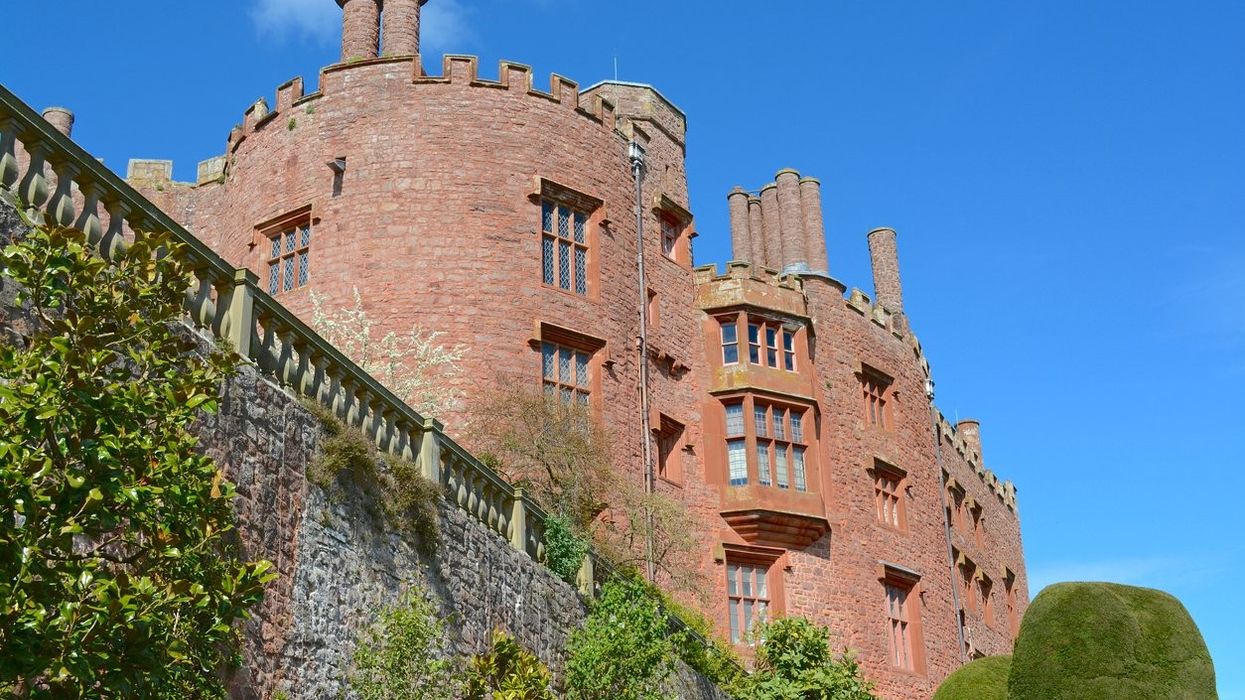
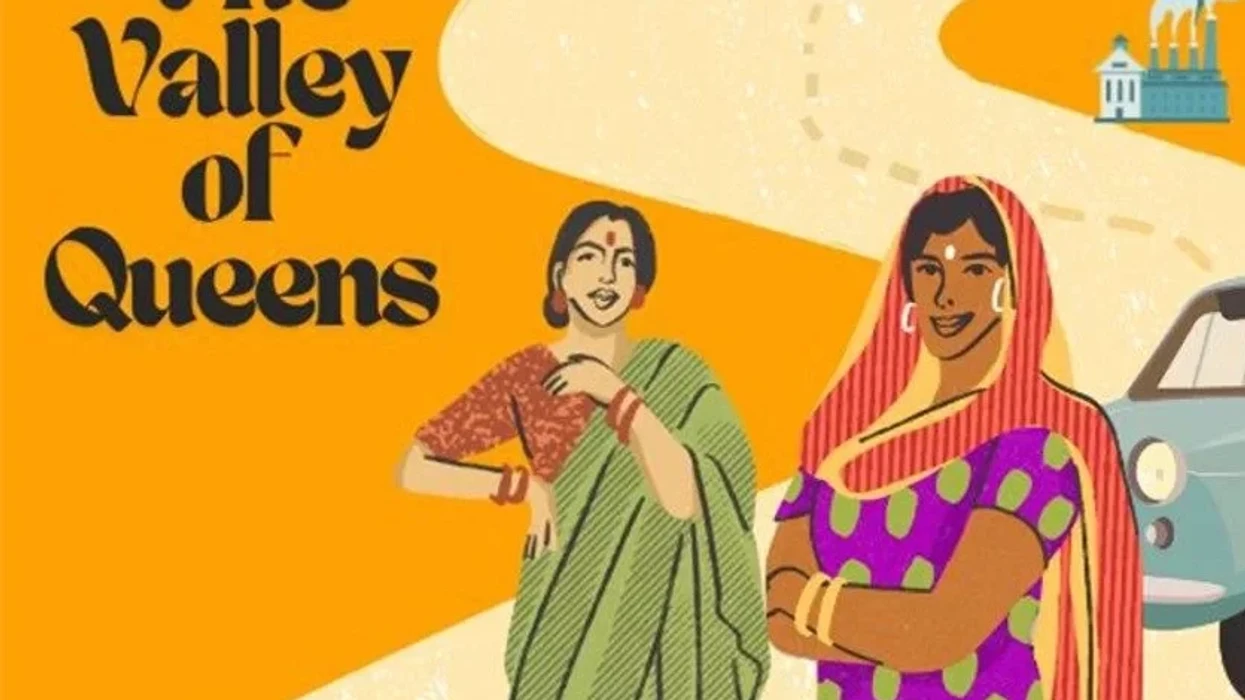

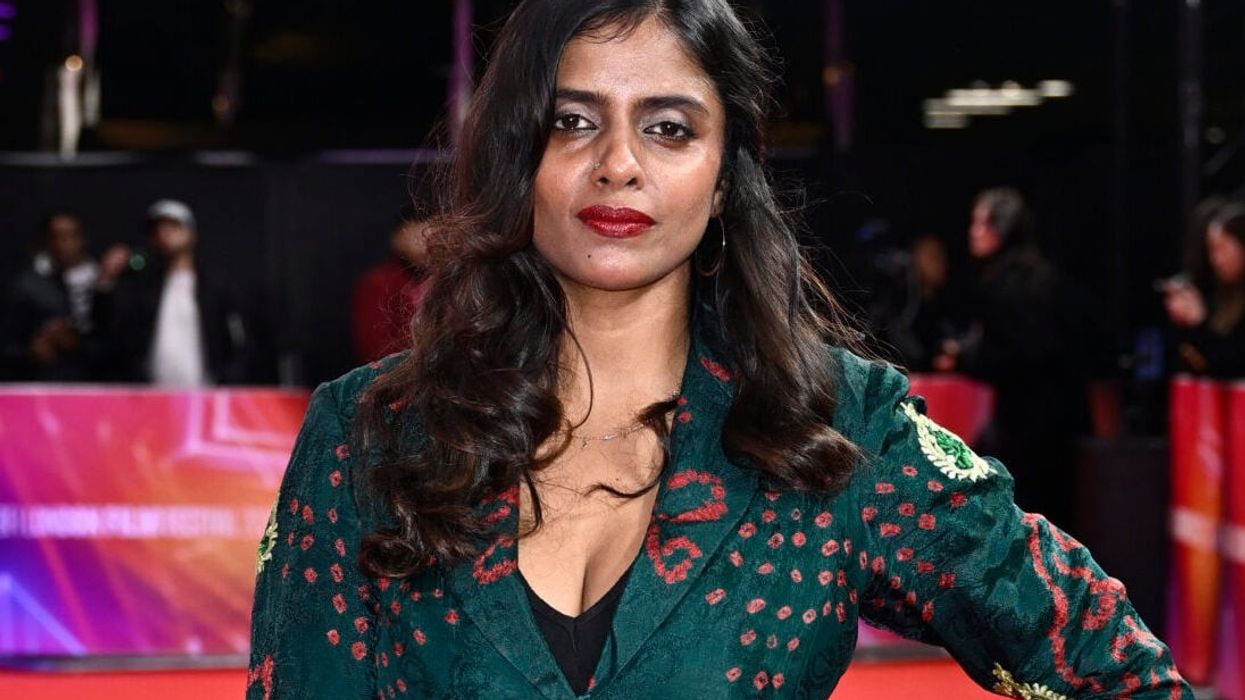
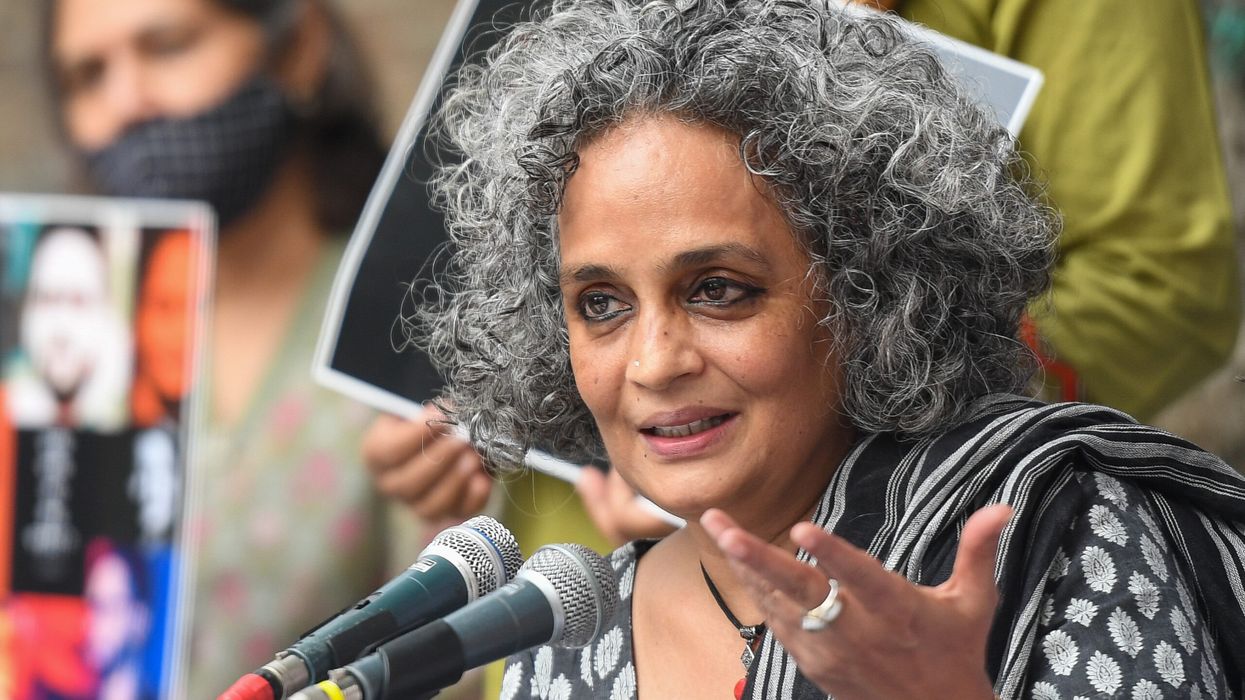


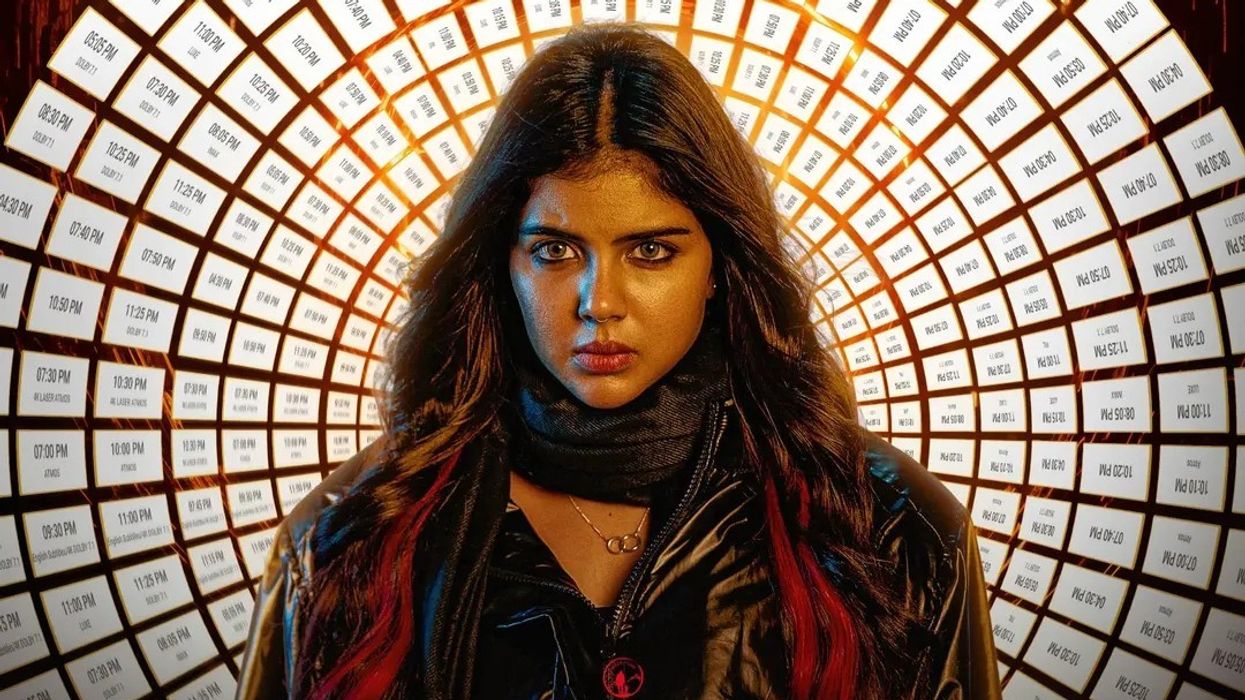
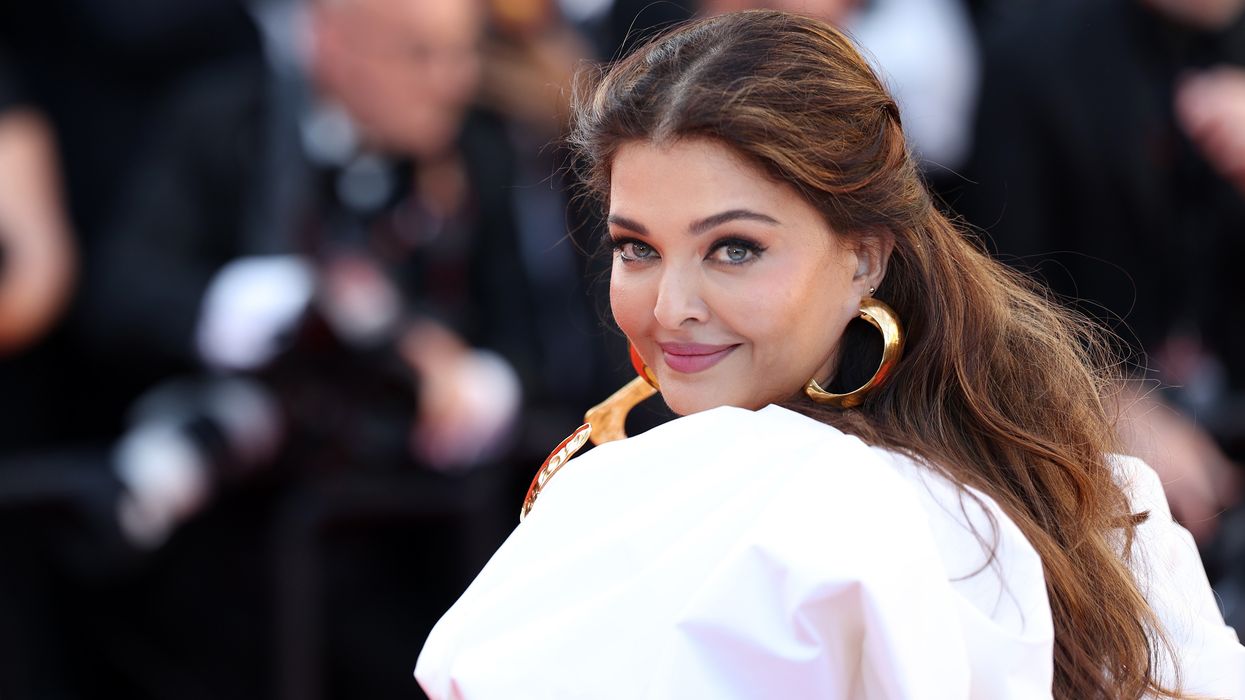
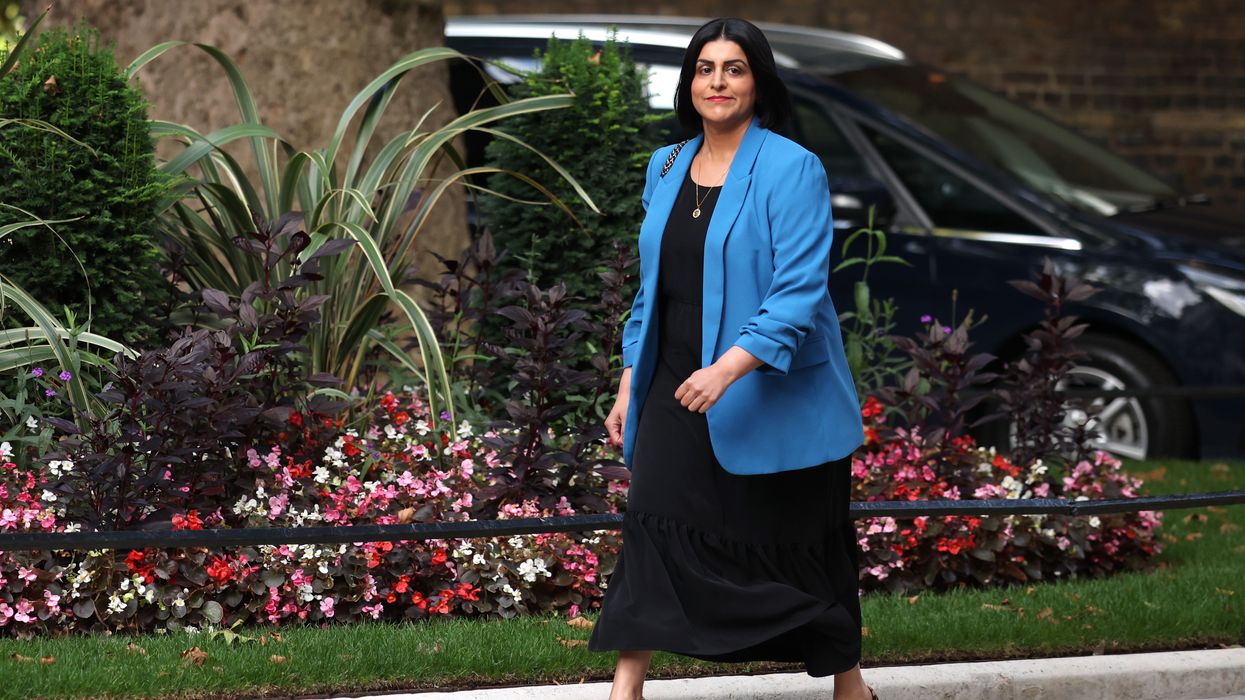




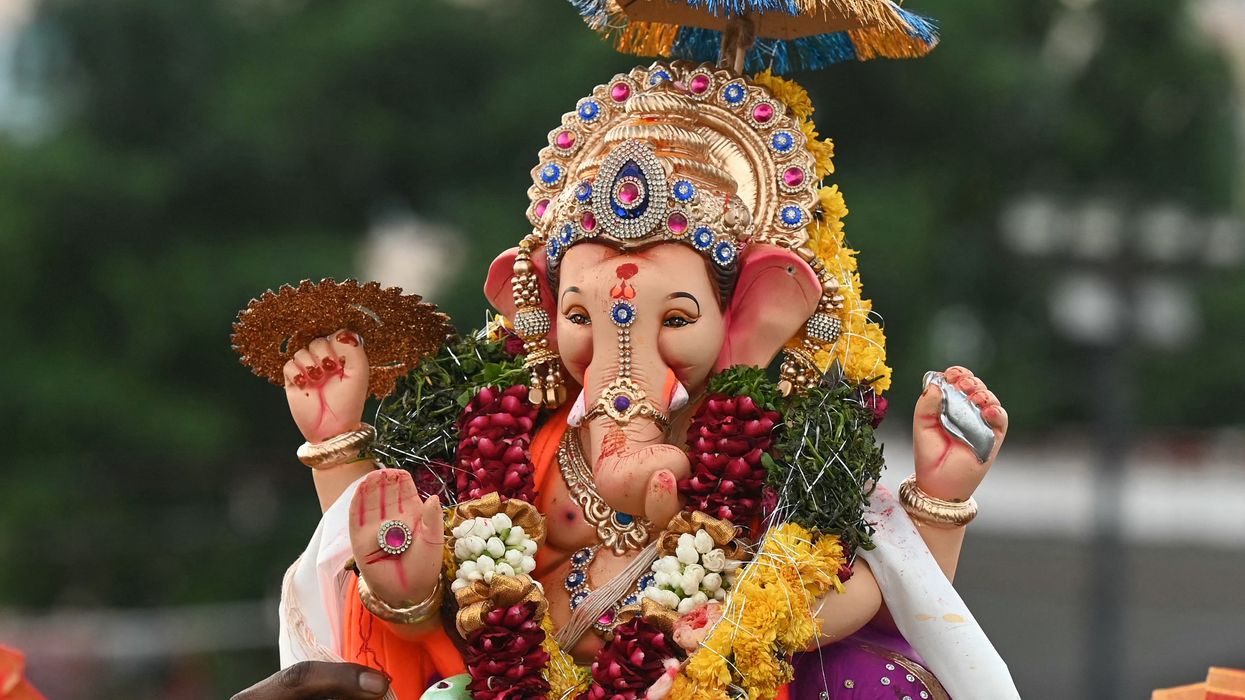
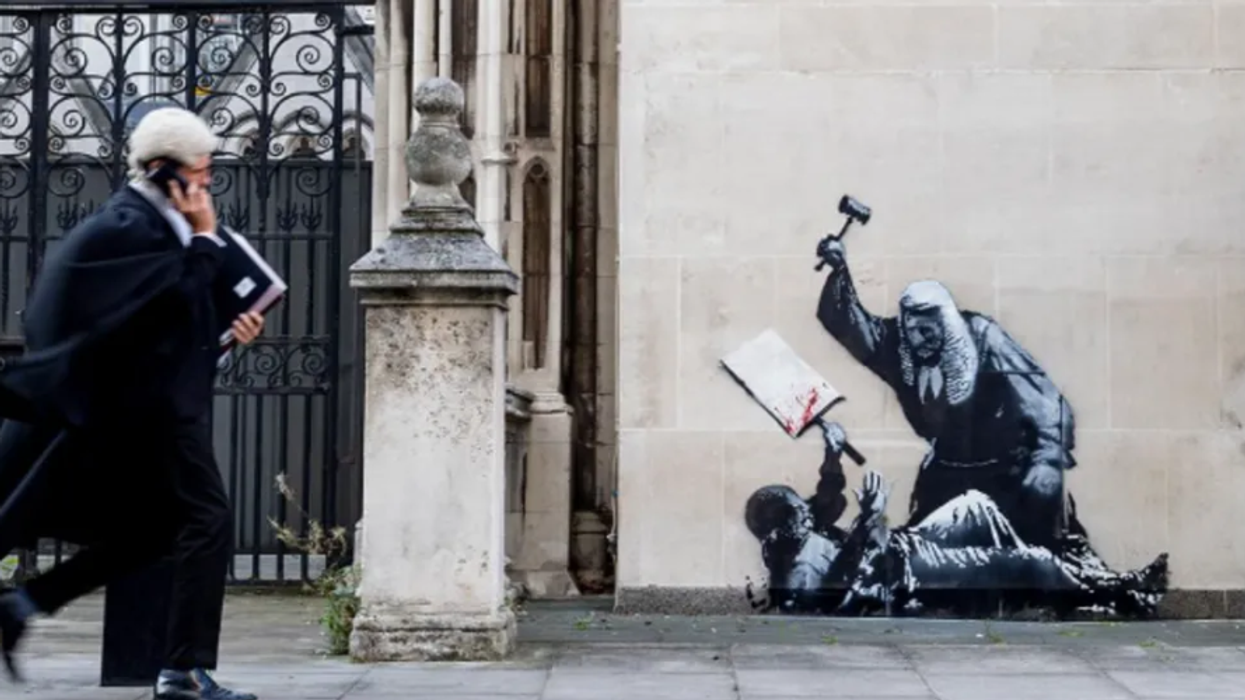


 Anika Chowdhury says she has many ideas to further fuse craft and culture in future projects Glowborne
Anika Chowdhury says she has many ideas to further fuse craft and culture in future projects Glowborne 